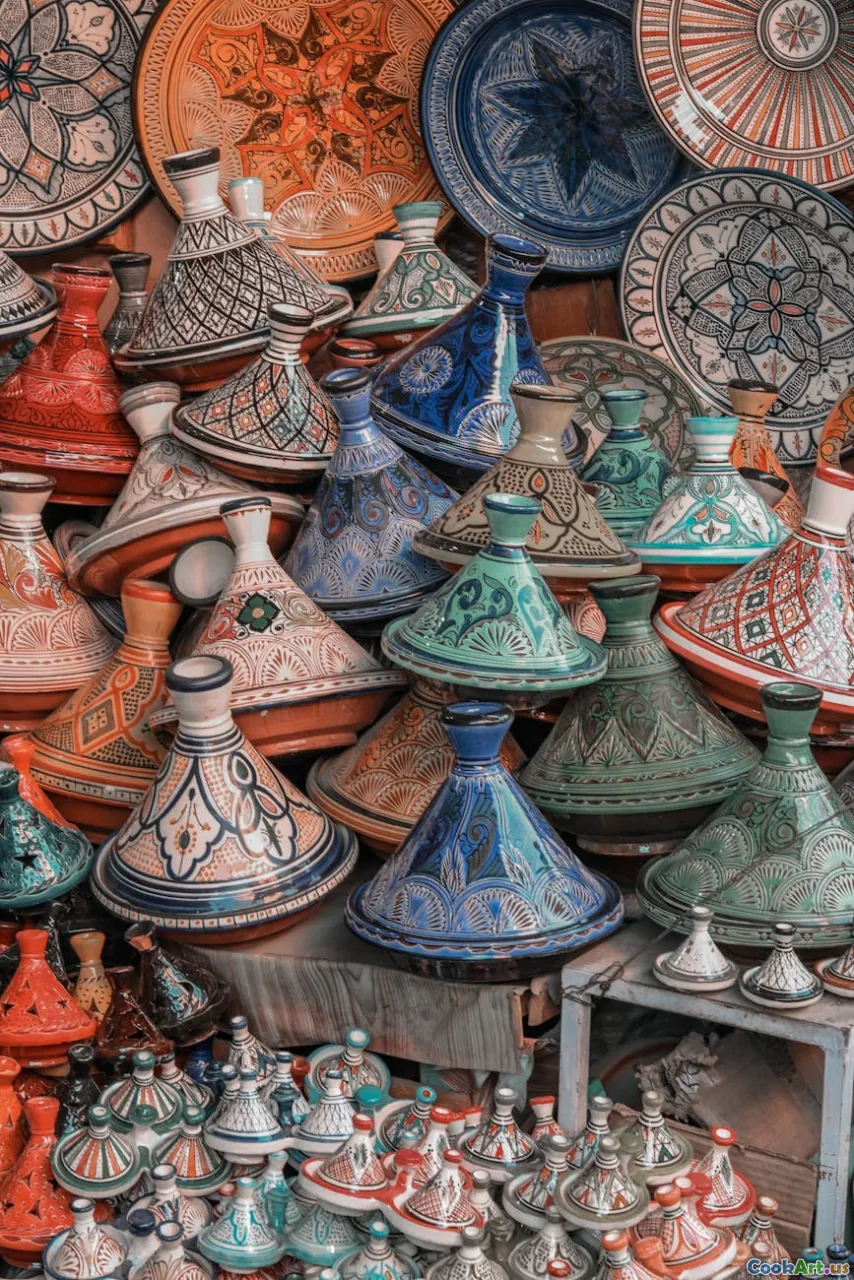Exploring Filipino Food Heritage
8 min read Discover the rich tapestry of Filipino food heritage, from traditional dishes to cultural stories that flavor every bite. April 25, 2025 20:00
Exploring Filipino Food Heritage
Imagine walking through bustling markets, the air thick with the aroma of garlic, vinegar, and freshly grilled seafood. Visualize vibrant streets lined with colorful food stalls, each offering a taste of history and tradition. Filipino cuisine isn’t just about sustenance; it’s a vibrant tapestry woven with centuries of cultural influences, regional flavors, and personal stories. It’s an edible narrative that invites us to explore a nation’s soul through its food.
The Heartbeat of Filipino Culture: An Introduction
Filipino food is more than a culinary tradition; it’s a reflection of the archipelago’s complex history, diverse cultures, and resilient spirit. From the indigenous roots that predate Spanish colonization to the Chinese, Malay, American, and Spanish influences, each dish tells a story of migration, conquest, adaptation, and celebration.
Stepping into the world of Filipino cuisine is like opening a time capsule—each flavor a relic, each aroma a whisper of generations past. It’s a cuisine that celebrates community, family, and the enduring connection between the land and its people.
A Journey Through History and Influence
Indigenous Foundations
Long before Spanish galleons arrived in the 16th century, early Filipinos cultivated rice, root crops, and a variety of seafood. Their culinary practices centered around simple, hearty ingredients—think kain (eating) as a communal act that united families and tribes.
Spanish Colonization: The Birth of Fusion
Spanish colonization introduced new ingredients like tomatoes, corn, and avocados, as well as cooking techniques such as frying and baking. This era gave rise to iconic dishes like adobo and menudo, which blend indigenous flavors with Spanish methods.
Chinese and Malay Influences
Trade routes brought Chinese merchants and Malay traders, whose culinary traditions melded seamlessly with local ingredients. Dishes like lumpia (spring rolls) and pancit (noodles) are testament to this vibrant exchange.
The American Era
American influence introduced processed foods, canned goods, and fast-food culture, shaping modern Filipino eating habits. Yet, despite these changes, the core flavors retained their authenticity, often serving as comfort foods and cultural symbols.
Iconic Filipino Dishes: A Taste of Heritage
Adobo: The National Dish
No discussion of Filipino cuisine is complete without mentioning adobo. This savory stew of pork or chicken marinated in vinegar, soy sauce, garlic, and spices, slow-cooked to tender perfection, embodies the Filipino spirit—simple, resilient, and flavorful. Its tangy aroma fills kitchens, evoking memories of family gatherings.
Sinigang: Sour Soup of Comfort
A bowl of sinigang offers a burst of sourness from tamarind, combined with an array of vegetables and tender meat or seafood. It’s a dish that warms the soul, reminiscent of home-cooked meals shared with loved ones.
Lechon: The Celebratory Roast
Crispy-skinned lechon, often the centerpiece of festivities, showcases Filipino mastery in roasting. The skin crackles with each bite, releasing a smoky aroma that signals celebration.
Puto and Kutsinta: Sweet Bites of Tradition
Steamed rice cakes like puto and kutsinta are staple snacks, their soft textures and subtle sweetness capturing the Filipino love for comfort foods.
Halo-Halo: A Colorful Dessert
A symphony of crushed ice, sweetened fruits, jellies, beans, and topped with leche flan or ube ice cream—the halo-halo is a celebration of Filipino ingenuity in dessert-making, offering a refreshing escape on hot days.
Regional Flavors and Culinary Diversity
The Philippines’ islands each boast unique culinary identities:
- Ilocano Cuisine: Known for pinakbet (vegetable stew) and bagnet (crispy pork belly), emphasizing preservation techniques and bold flavors.
- Bicolano Delights: Famous for Bicol express, a spicy coconut milk stew that highlights the region’s love for chili and coconut.
- Visayan Specialties: La Paz Batchoy, a noodle soup with pork, liver, and crushed chicharon, offers a hearty taste of the central Philippines.
- Mindanao Flavors: Rich in Muslim influences, dishes like satti and curacha (spider crab) reflect the diverse cultural tapestry.
This regional diversity enriches the national culinary landscape, making Filipino food a mosaic of flavors.
Personal Stories and Cultural Significance
Growing up in the Philippines, food was more than sustenance; it was a language of love, respect, and tradition. I remember my grandmother’s halo-halo on hot afternoons, each ingredient carefully layered, each spoonful a burst of nostalgia.
Food rituals like bayanihan (community sharing) are evident in street food festivals, where families and neighbors come together to cook, share, and celebrate. These moments forge bonds and reinforce cultural identity.
Modern Filipino Cuisine: A Global Perspective
Today, Filipino chefs worldwide are reinventing traditional dishes, incorporating contemporary techniques and local ingredients. Restaurants in New York, London, and Tokyo showcase Filipino flavors with a modern twist, making the cuisine accessible and exciting for new generations.
Yet, amid innovation, the essence remains rooted in history and community—proof that Filipino food is a living heritage, constantly evolving but always authentic.
Conclusion: Embracing a Rich Culinary Heritage
Exploring Filipino food heritage is an invitation to understand a nation through its flavors, stories, and shared experiences. It’s about savoring more than just dishes; it’s about appreciating a culture that has thrived through resilience, diversity, and a profound love for food.
So, whether you’re a seasoned traveler, a curious foodie, or someone seeking deeper cultural connections, immersing yourself in Filipino cuisine promises a journey of taste and discovery that’s as rich and vibrant as the islands themselves.
Dive into the flavors, embrace the stories, and celebrate the culinary heritage of the Philippines—you might just find a new favorite dish or a new sense of belonging.









